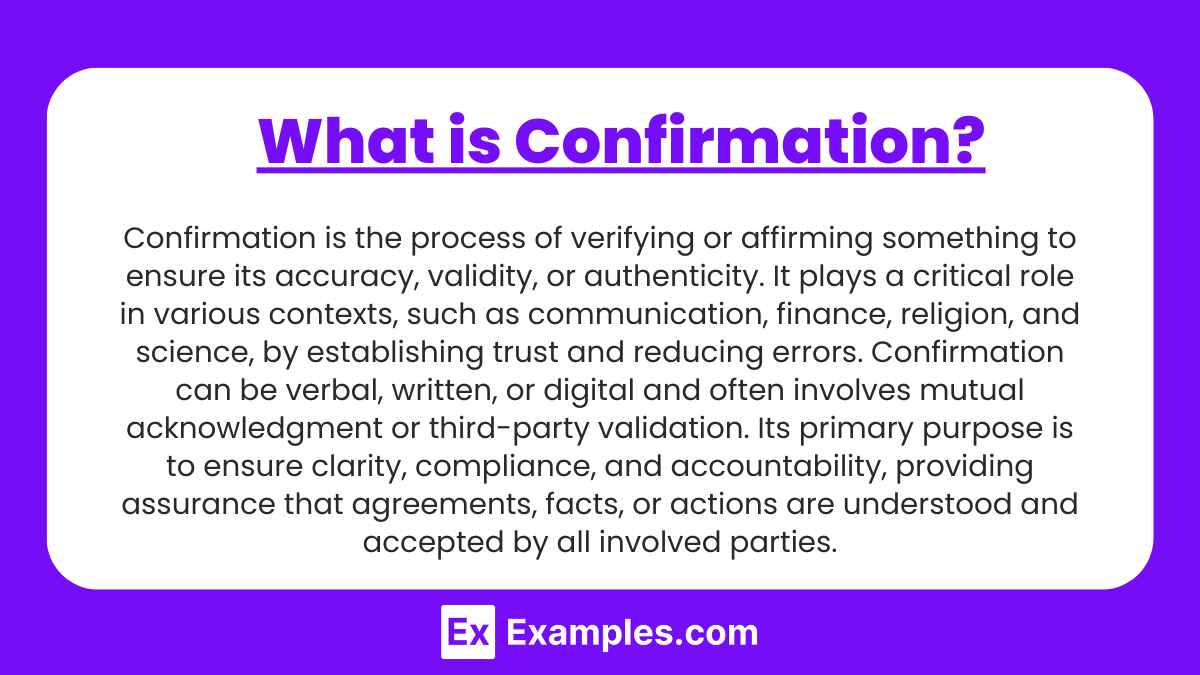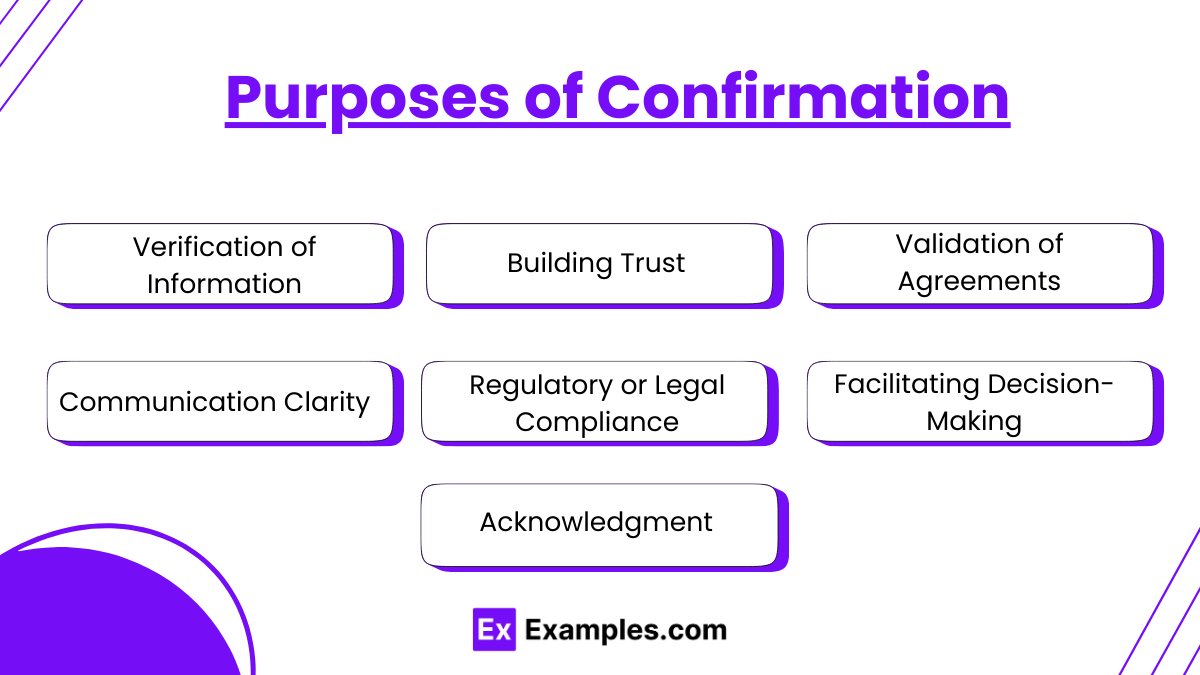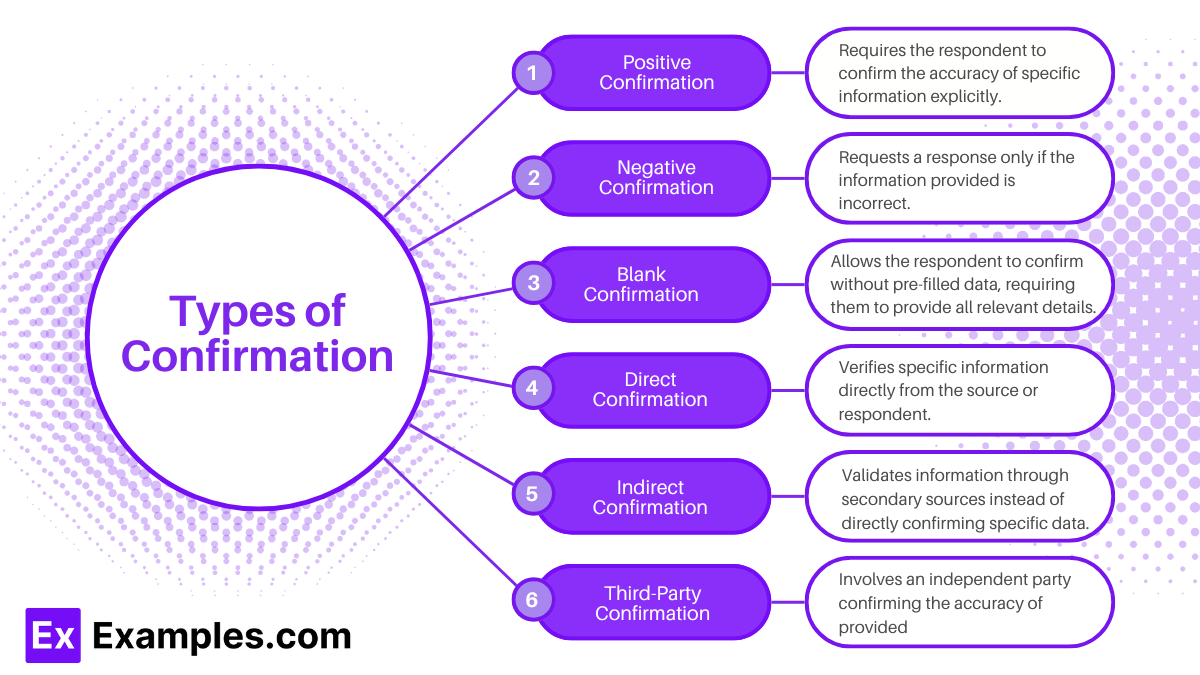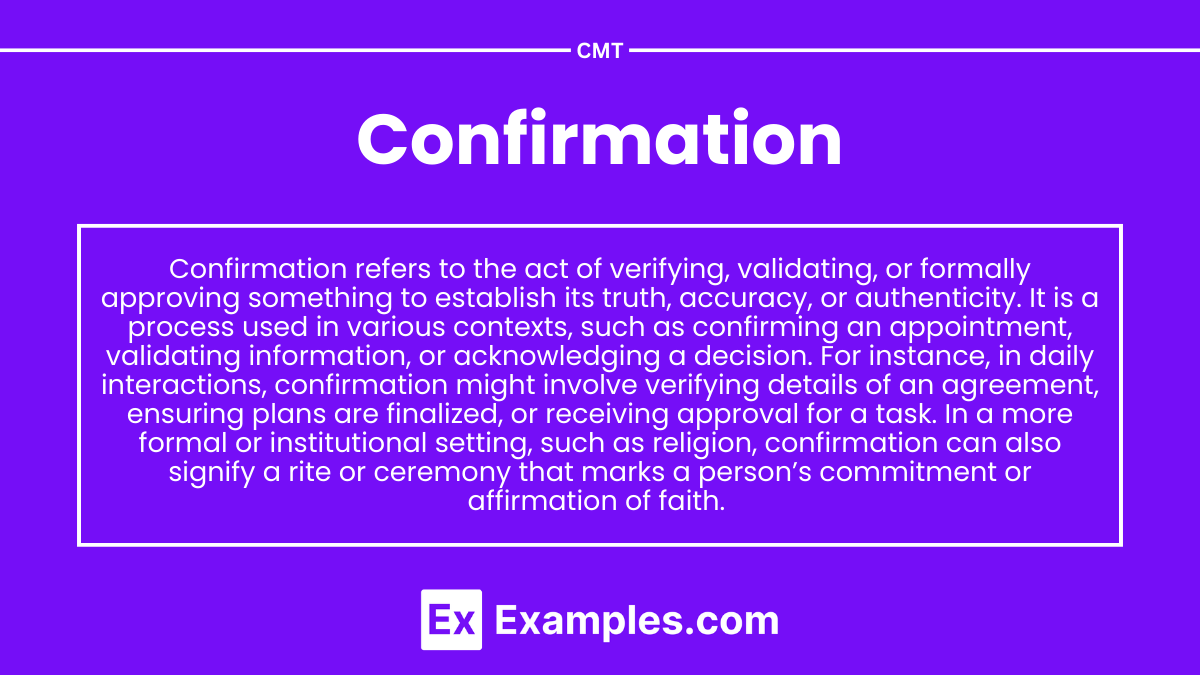Preparing for the CMT Exam requires a comprehensive understanding of “Confirmation,” a critical aspect of technical analysis. This concept emphasizes the need to validate signals from one indicator using data or signals from another, ensuring the reliability of market predictions. Confirmation involves cross-verifying trends, patterns, or signals across multiple tools, like volume analysis, momentum oscillators, or price movements.
Learning Objectives
In studying “Confirmation” for the CMT, you should learn to understand its significance in validating market trends and signals by cross-verifying data from multiple indicators. Common confirmation techniques include aligning price movements with volume trends, using divergence analysis in tools like RSI or MACD, and ensuring breakout patterns are supported by increased trading volume. This process helps to filter out false signals and identify reliable trends, improving decision-making and risk management, which are essential for technical analysis and success in the CMT Exam.
What is Confirmation?

Confirmation is the process of verifying or affirming something to ensure its accuracy, validity, or authenticity. It plays a critical role in various contexts, such as communication, finance, religion, and science, by establishing trust and reducing errors. Confirmation can be verbal, written, or digital and often involves mutual acknowledgment or third-party validation. Its primary purpose is to ensure clarity, compliance, and accountability, providing assurance that agreements, facts, or actions are understood and accepted by all involved parties.
Purposes of Confirmation

Confirmation serves a variety of purposes, depending on the context in which it is applied. Below are the primary purposes:
- Verification of Information
- Ensures accuracy and consistency in details provided.
- Helps identify discrepancies or errors in data.
- Building Trust
- Confirms mutual understanding between parties.
- Reinforces reliability and accountability in relationships or agreements.
- Validation of Agreements
- Solidifies verbal or informal commitments through formal acknowledgment.
- Reduces misunderstandings and disputes by creating a record.
- Communication Clarity
- Ensures that all parties are on the same page regarding the subject matter.
- Avoids assumptions by explicitly stating agreed-upon terms or details.
- Regulatory or Legal Compliance
- Demonstrates adherence to standards or requirements in audits, contracts, or official procedures.
- Serves as documented proof for legal or regulatory purposes.
- Facilitating Decision-Making
- Provides assurance that critical inputs or approvals have been obtained.
- Helps move processes forward with confidence.
- Acknowledgment
- Confirms receipt of messages, payments, or actions.
- Validates participation or completion of a task, such as attendance or delivery.
Types of Confirmation

These types help auditors tailor their approach based on the audit’s scope, risk assessment, and the nature of the information being verified.
1. Positive Confirmation
Requires the recipient to respond regardless of whether they agree or disagree with the information provided. It provides high assurance by explicitly confirming or disputing the details.
2. Negative Confirmation
Requires a response only if the recipient disagrees with the information. It is less intrusive and typically used when the audit risk is low or the population is large.
3. Blank Confirmation
A type of positive confirmation where the recipient is asked to fill in the information themselves rather than confirming pre-filled details. This reduces the risk of error or bias in the confirmation process.
4. Direct Confirmation
Involves obtaining information directly from a third party without relying on client-provided data. This ensures objectivity and is useful for critical balances like cash or receivables.
5. Indirect Confirmation
Requires the third party to confirm details where some additional input or explanation from the client is needed, such as interpreting specific terms or conditions.
6. Third-Party Confirmation
This involves obtaining information from an independent external entity, such as a bank or supplier, to validate balances or transactions. It provides an extra layer of reliability to the audit evidence.
Examples
Example 1. Audit Procedures
In auditing, confirmation is a critical tool for verifying financial information directly with third parties. For instance, auditors may use confirmation to validate the existence of accounts receivable by contacting customers directly to confirm the amounts owed. This process ensures the accuracy of financial statements and helps detect discrepancies or potential fraud.
Example 2. Scientific Research
Confirmation plays a vital role in experimental research. Scientists often replicate experiments to confirm initial findings and establish reliability. For example, in a pharmaceutical study, a second round of trials may confirm the efficacy of a new drug. This process reinforces the credibility of the results and helps the scientific community accept the findings.
Example 3. Supply Chain Management:
Businesses use confirmation in supply chain processes to verify orders and deliveries. For instance, a manufacturer may confirm with suppliers that raw materials will arrive on a specific date. This proactive communication ensures that production schedules remain on track and prevents potential delays.
Example 4. Legal Agreements
In legal contexts, confirmation is essential for ensuring all parties understand and agree to the terms of a contract. For example, before finalizing a real estate deal, both buyer and seller confirm the agreed-upon price and conditions. This step helps avoid disputes and ensures mutual understanding.
Example 5. Customer Transactions
In eCommerce, confirmation is widely used to enhance customer experience and security. For example, after making a purchase, customers receive an email confirmation detailing their order, payment, and shipping information. This process not only reassures the customer but also provides a reference point for future inquiries or returns.
Practice Questions
Question 1
What is the primary purpose of using confirmation in auditing?
A) To identify new business opportunities
B) To verify the accuracy of financial information
C) To replace internal controls
D) To prepare future budgets
Correct Answer: B) To verify the accuracy of financial information
Explanation: In auditing, confirmation is primarily used to ensure the accuracy and reliability of financial information. This involves contacting third parties, such as customers or vendors, to validate data like account balances or transactions. This step is crucial for identifying discrepancies and maintaining the integrity of financial statements.
Question 2
Which of the following best describes the role of confirmation in supply chain management?
A) Verifying the receipt of raw materials
B) Calculating transportation costs
C) Negotiating contracts with vendors
D) Conducting a market analysis
Correct Answer: A) Verifying the receipt of raw materials
Explanation: In supply chain management, confirmation ensures that orders are accurate and delivered as planned. For example, a manufacturer may confirm the receipt of raw materials before proceeding with production. This step minimizes errors, ensures schedules are met, and maintains operational efficiency.
Question 3
In the context of customer transactions, what is a key benefit of providing order confirmations?
A) Reduces shipping costs
B) Provides legal evidence of the transaction
C) Ensures faster delivery of products
D) Prevents customer feedback
Correct Answer: B) Provides legal evidence of the transaction
Explanation: Order confirmations serve as a formal acknowledgment of a transaction. They outline key details, such as the items purchased, payment information, and shipping details, which act as legal evidence of the agreement between the seller and buyer. This reassures customers and provides a reference for future queries or disputes.


